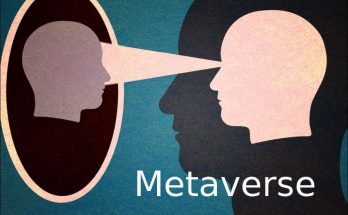Metaverse is not a new concept. Although it was first expressed in science fiction writer Neal Stephenson’s 1992 dystopian science fiction novel “Snow Crash”, the concept was first defined and popularized as “cyber space” in William Gibson’s science fiction novel “Neuromancer” published in 1984. has been brought.
The meaning of the metaverse in Snow Crash is the same as the general definition used today: It describes a virtual reality in which individuals can interact physically with each other and their environment in three dimensions through different virtual technologies. Envisioning the metaverse as the successor of the internet decades ago, Stephenson describes it as follows in his book:
[Hiro Protagonist] Of course, he doesn’t meet with real people. This is all part of the moving picture that his computer draws according to the specifications from the fiber optic cable. People are pieces of software called avatars. [Avatars] are audiovisual bodies that humans use to communicate with each other in the Metaverse. Hiro’s avatar is now also on the street, and couples getting off the monorail can see Hiro the same way Hiro sees them if they look towards him. These people who have their own laptops; Hiro in Los Angeles and four teenagers sitting on a couch in possibly a suburb of Chicago could start a conversation. But they probably don’t talk to each other more than they can actually talk to.
Metaverse has been the subject of many movies, books and TV series, from Avatar to Ready Player One, from Otherland to Altered Carbon and even The Matrix. For example, the sci-fi movie “Ready Player One” released in 2018 deals with the idea of the metaverse, which is seen as the successor of the internet.
Inspired by the 2011 Ernest Cline novel, the orphaned young protagonist escapes his gloomy real-world presence by immersing himself in a fascinating virtual universe. The protagonist of the movie enters a virtual universe called “Oasis” by wearing a device on his head, where people can physically interact with each other and their environment in three dimensions.
Next Page: What is the logic of Metaverse?
Hits: 42



